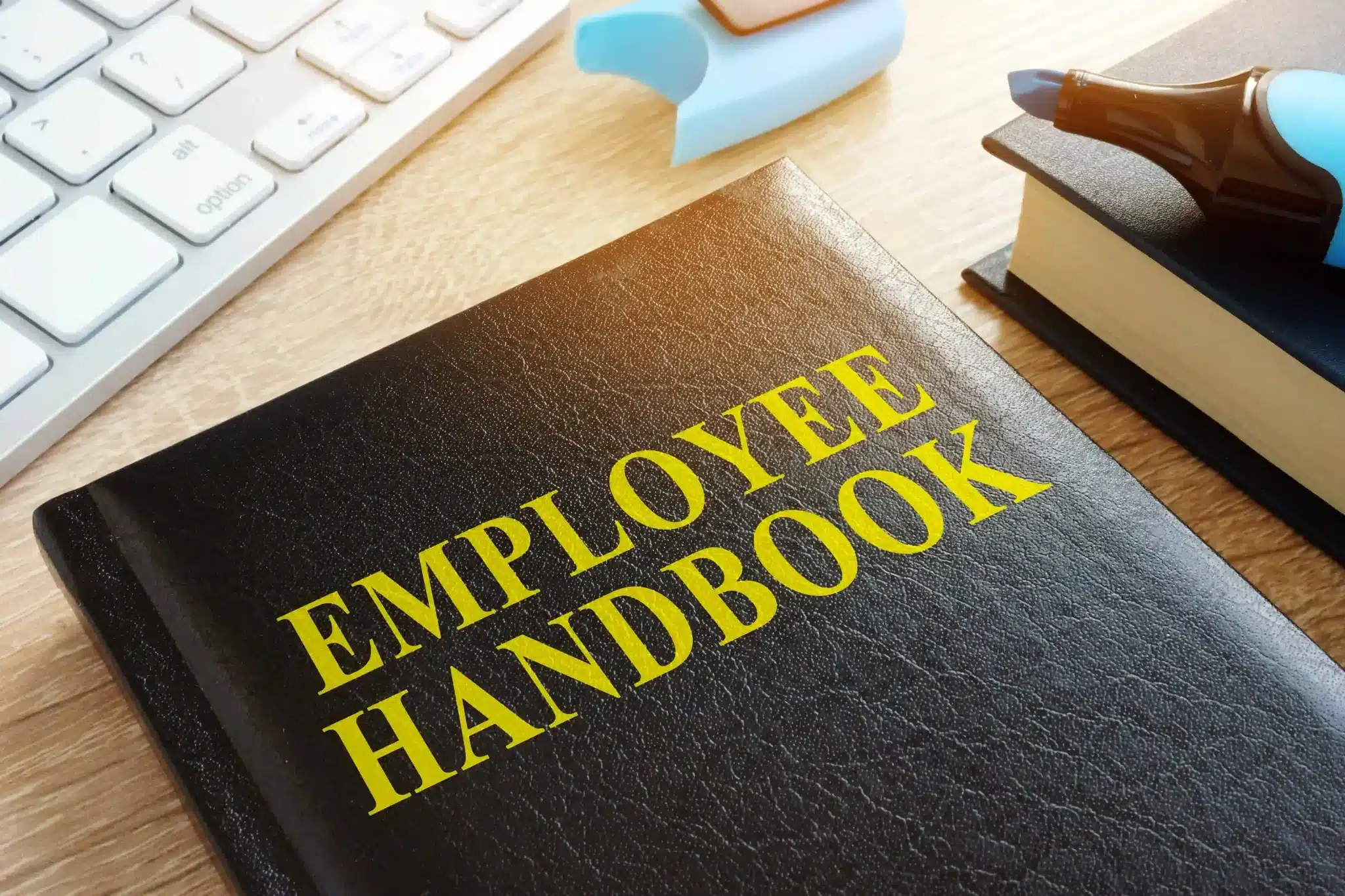Your company has key policies that keep it running smoothly, and you need a simple way to communicate them without confusion. Your employee handbook brings all the details together in one place! Whether it’s a digital file or physical document, this is a great resource anyone with questions can refer to.
But you can’t just “set it and forget it!”
With a new year approaching, it’s likely you need to make some employee handbook updates to address changes in business structure, and ensure you’re in compliance with laws and regulations. If you don’t already have a handbook, 2020 is the perfect time to create one!

Why Your Company Should Have an Employee Handbook
You don’t want to spend half the day handling employees’ inquiries regarding policies and workplace rules. Providing a handbook saves you time by clearly outlining and defining:- Baseline rules for everyone in the company
- Expectations for employees
- Time off, sick leave and disability coverage
- Fair treatment, unfair treatment and discrimination
Employee Handbook Requirements
Although most of what you put in the company employee handbook is optional, there are several points you’re required to include by law. These sections cover policies for family medical leave in accordance with the Family Medical Leave Act (FMLA), workers compensation policies, and statements regarding equal opportunity and non-discrimination in employment. Check the U.S. Department of Labor “elaws” database for additional information. You can also look into specific laws for your state to ensure you don’t leave out anything mandatory. What should make up the rest of the employee handbook contents? Start with the basics:- Code of conduct, including harassment, violence and conflict resolution
- Pay rates and frequency
- Rest and meal breaks
- Benefits, including paid time off
- Hiring, promotions and termination
- Attendance, including telecommuting and remote work
- Performance expectations and evaluation policies
- Open door policies and communication guidelines
- Alcohol and drug testing and use policies
- Building safety and security
- Dress code
How to Update an Employee Handbook for 2020
It might seem strange that a document outlining basic company guidelines would need to be updated. But it’s also good practice to review and make changes to your handbook every year. With 2020 coming up fast, you should be getting ready to go through this process and get a revised handbook ready for distribution. Need an employee handbook checklist to help you get started? Consider these 12 edits to update your policies for the new year:- Adjust existing guidelines to maintain compliance with any new federal or state employment laws.
- Minimize the risk of security breaches and cyberattacks with a data privacy policy limiting how data is accessed, transferred and stored.
- Inform employees of proper social media conduct, including language used when talking about the company and limits on accessing personal accounts at work.
- Update information on reasonable accommodations to reflect changes in employee diversity.
- Re-work smoking and drug use policies in light of growing e-cigarette use and new state-level laws regarding the legality of medicinal and recreational marijuana.
- Clarify your bring-your-own-device (BYOD) policy to include wearable tech and other internet of things (IoT) devices.
- Spell out rules regarding the use of company-issued devices.
- Explain how and why employee monitoring tools are used and what you do with the information.
- Improve language detailing employee privacy.
- Add privacy information regarding biometric data collected for security purposes, such as fingerprints or facial scans.
- Review and revise the dress code to allow for more comfort on the job without sacrificing professionalism or compromising safety.
- Clean up grammar and spelling, and make sure the tone of the handbook reflects the overall attitude and culture of the company.


